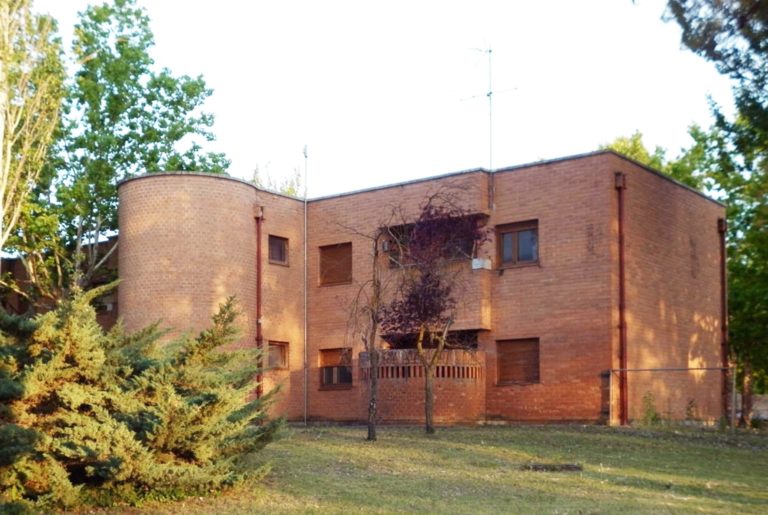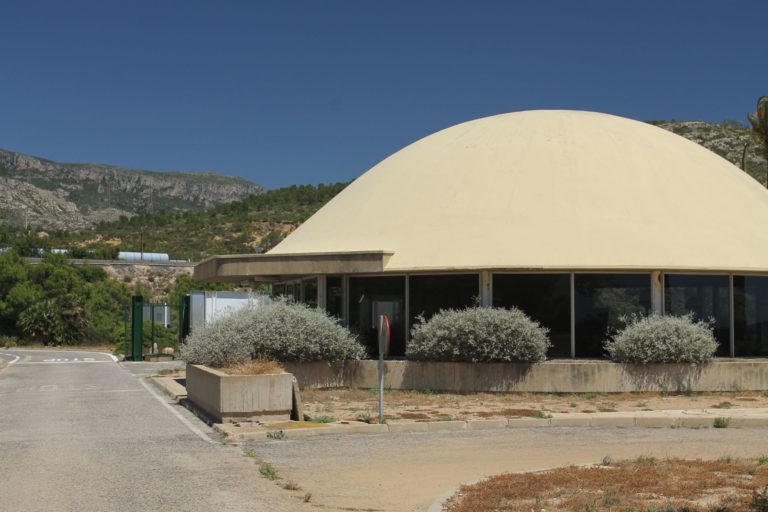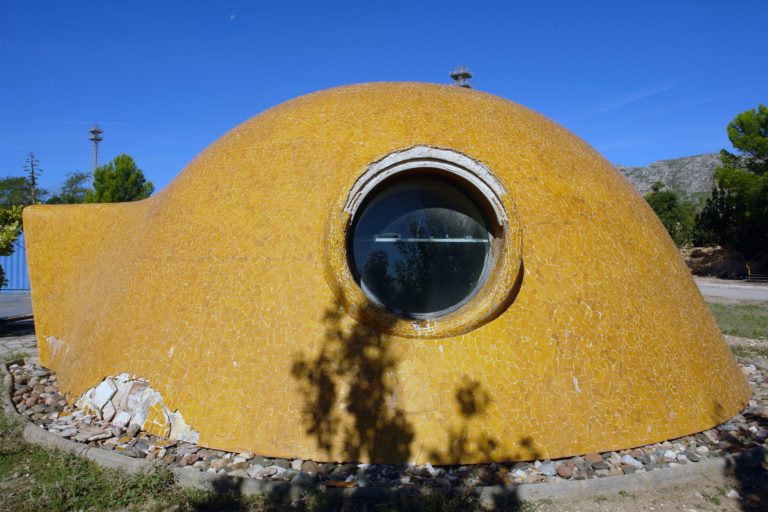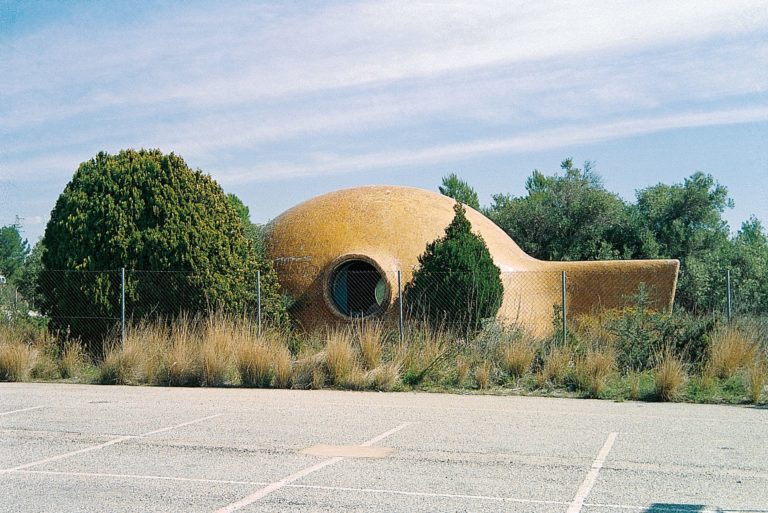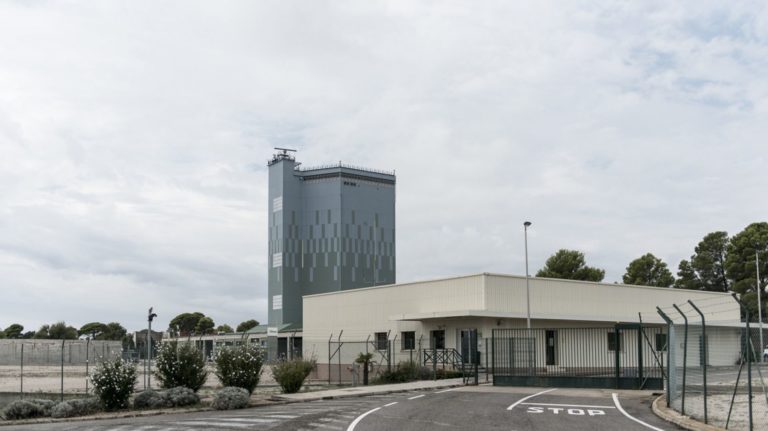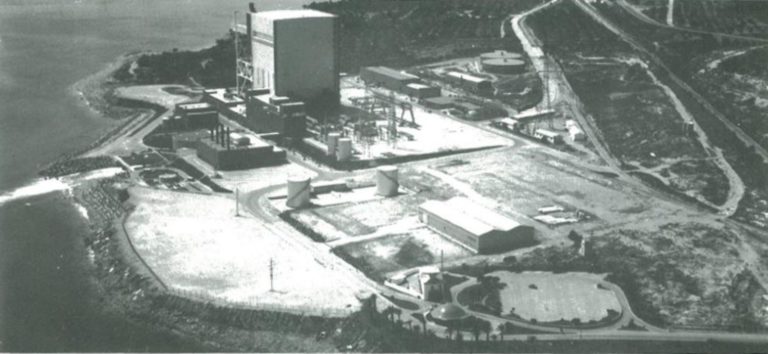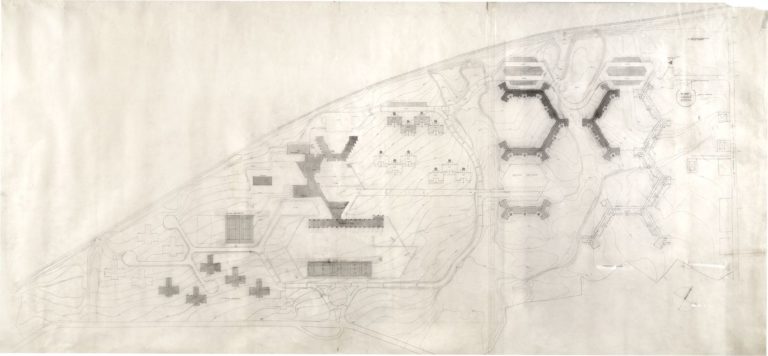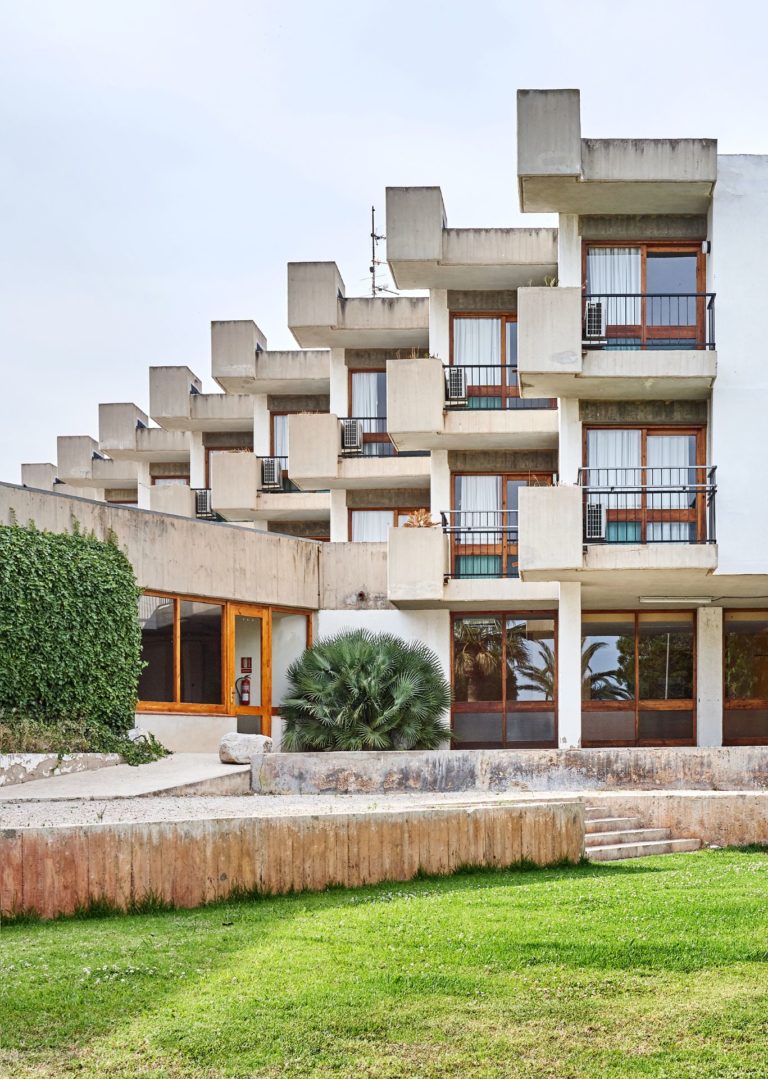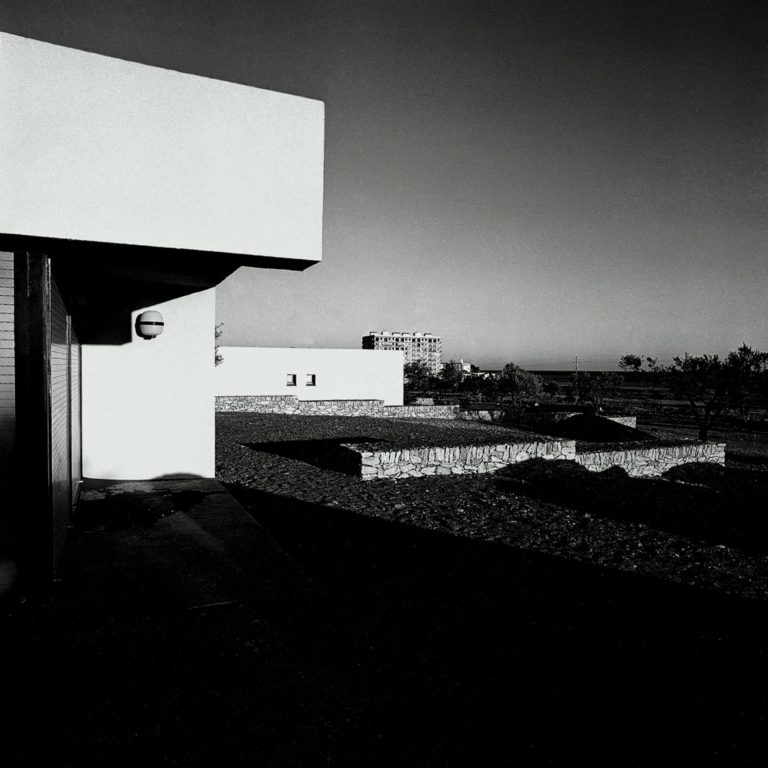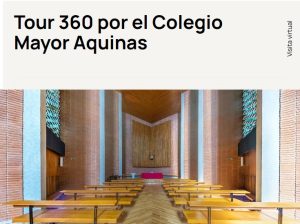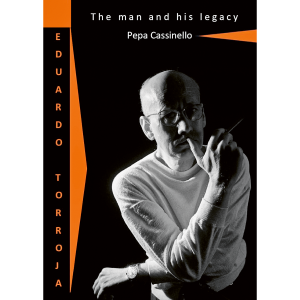Abstract
First generation nuclear power plants in Spain – José Cabrera, Guadalajara (1962-1968), Santa María de Garoña, Burgos (1958-1971) and Vandellòs, Tarragona (1967-1972) – are being decommissioned as planned by the government. This period, characterised by the dismantling of these plants, gives us an opportunity to reveal the nature of a type of architecture that has remained hidden during their useful life. The phenomenon of “nuclear”, as opposed to “atomic”, allows this thesis to explore the ambivalent relationship with technology and the transformations experienced in the landscape by the emergence of the first nuclear power plants, as large-scale structures that influenced the construction of a new collective imaginary during the Cold War. The proposals made by Antonio Fernández Alba, Ignacio Álvarez Castelao and Antonio Bonet Castellana in the production areas and in the workers’ villages of the three nuclear power plants are addressed as case studies. Although both interventions may appear to be conceptually opposed, they form part of the same system, allowing a narrative to be constructed around this new architecture that began in the international context in the early nineteen-fifties, with the participation of recognised figures such as Auguste Perret, Le Corbusier or Claude Parent. The outline of this thesis, which covers the three nuclear power plants, begins with their current state, following with the development of beautification strategies and finishing with the mark that they have left on the landscape.
Access the thesis